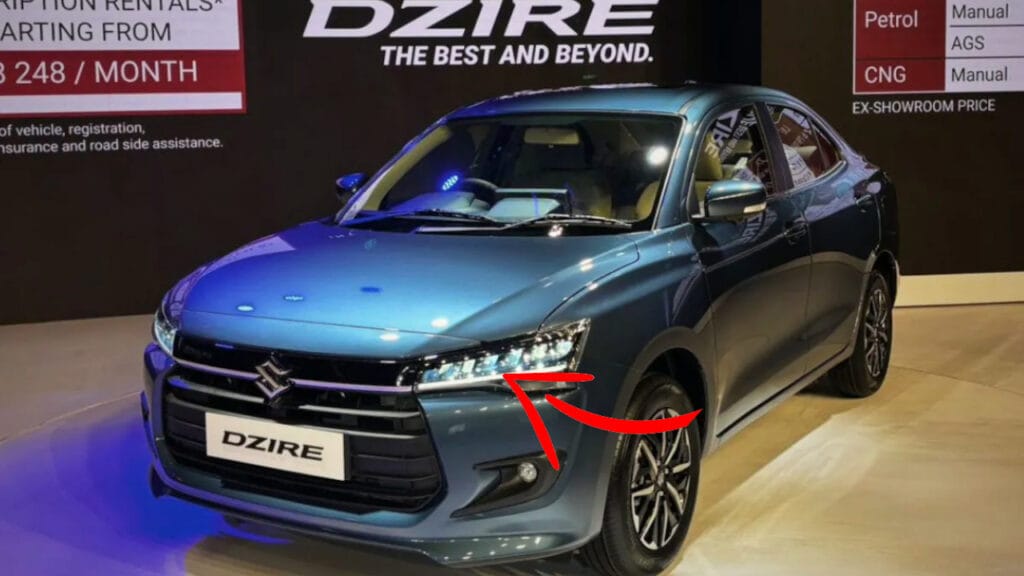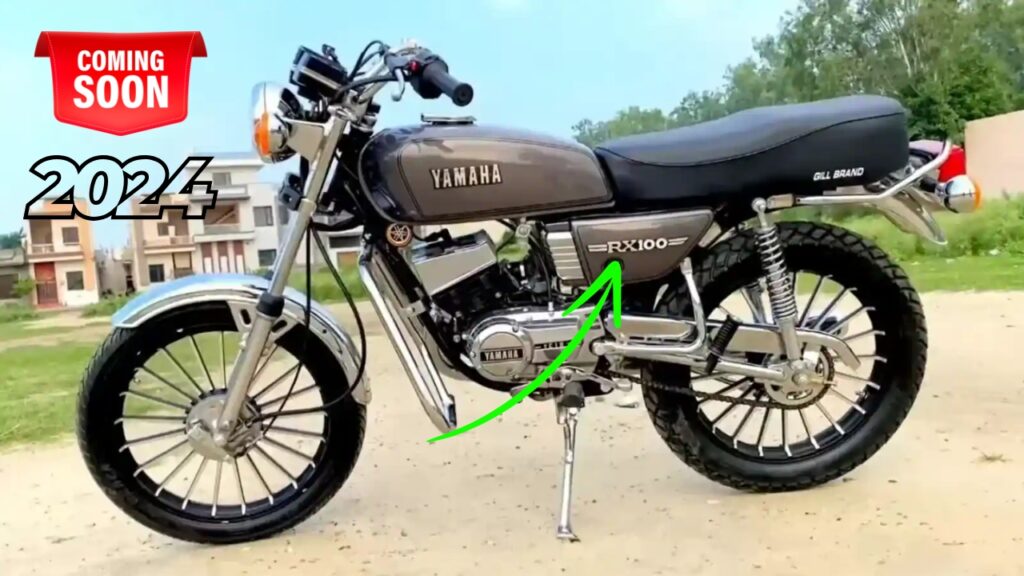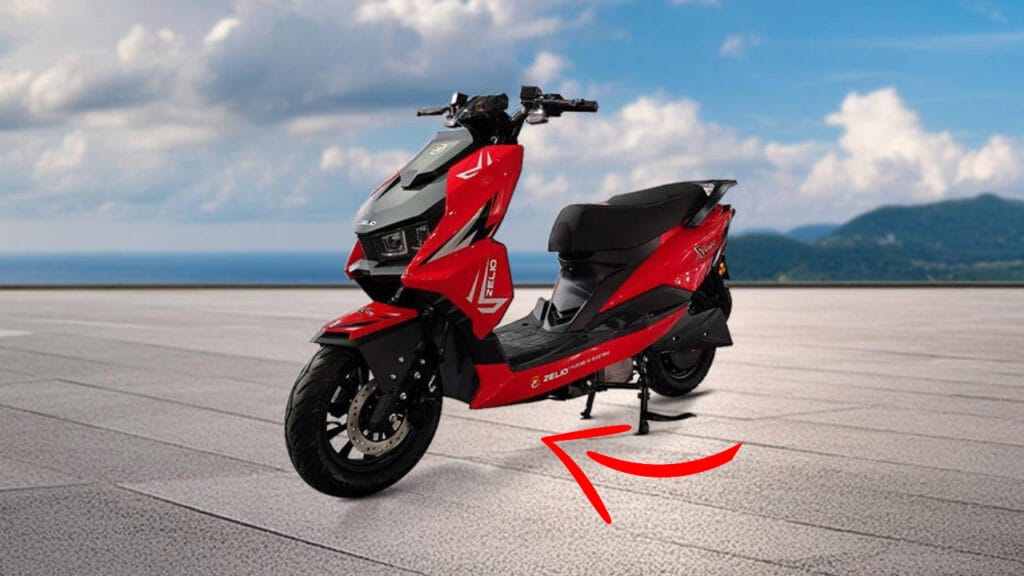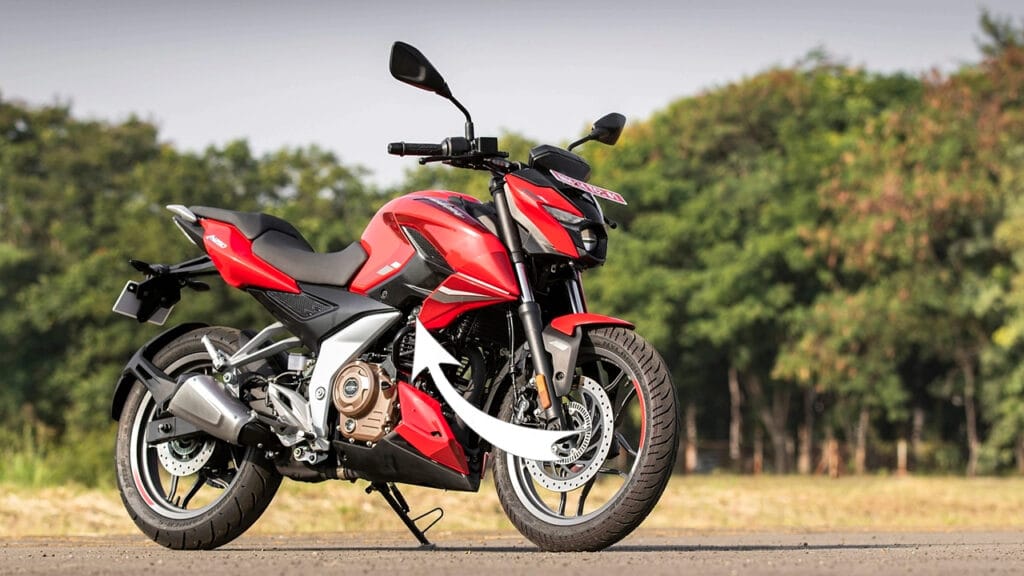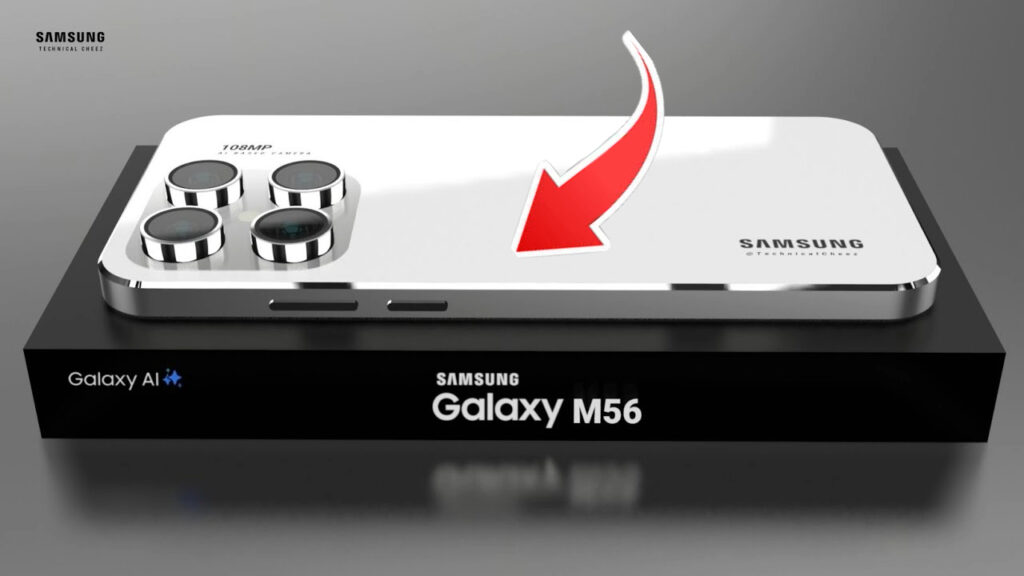Yamaha RX 100 : In the annals of motorcycle history, few machines have left as indelible a mark as the Yamaha RX 100.
Launched in the early 1980s, this compact yet powerful two-stroke wonder would go on to become a cultural icon, particularly in India, where it would dominate the roads for over two decades.
This article delves into the launch of the Yamaha RX 100, exploring its impact on the motorcycle industry and the lasting legacy it created.
The Birth of a Legend
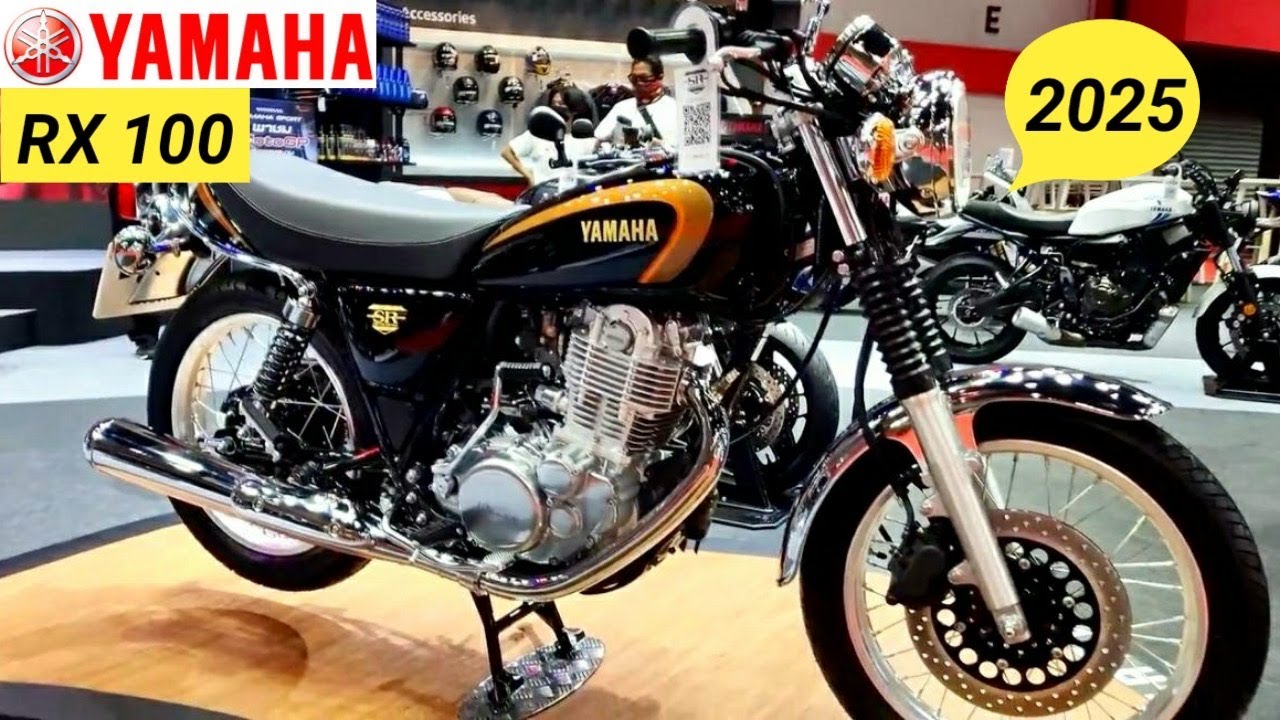
Yamaha’s Vision
In the late 1970s, Yamaha Motor Company, already a respected name in the motorcycle world, saw an opportunity in the emerging markets of Asia.
They envisioned a motorcycle that would combine the reliability and efficiency needed for daily commutes with the thrill and performance desired by enthusiasts.
This vision would ultimately materialize as the RX 100.
Development and Design
The development of the RX 100 began in Japan, with Yamaha’s engineers focusing on creating a lightweight yet robust machine.
The goal was to produce a motorcycle that could withstand the diverse and often challenging road conditions of developing countries while still delivering an exhilarating ride.
Key features of the design included:
- A compact 98cc two-stroke engine
- A sleek, streamlined body
- A simple yet effective suspension system
- A lightweight frame for improved handling
The Grand Unveiling
Launch Event
The Yamaha RX 100 was officially unveiled to the world in 1983. The launch event, held in multiple countries across Asia, was a carefully orchestrated affair designed to showcase the motorcycle’s versatility and appeal.
In India, where the RX 100 would find its most devoted following, the launch was nothing short of spectacular.
Yamaha partnered with its local distributor to organize events in major cities, inviting motorcycle enthusiasts, industry experts, and media personalities to witness the birth of what would become a legend.
Initial Reception
The initial reception to the RX 100 was overwhelmingly positive. Attendees at the launch events were impressed by the motorcycle’s sleek design and the promise of performance it held.
Test rides offered at these events allowed potential buyers to experience firsthand the quick acceleration and nimble handling that would become the RX 100’s hallmarks.
Media coverage of the launch was extensive, with automotive journalists praising the motorcycle’s balance of power and economy. Many predicted that the RX 100 would be a game-changer in the commuter motorcycle segment.
Technical Specifications and Innovations
Engine and Performance
At the heart of the RX 100 was its 98cc, air-cooled, two-stroke engine. This powerplant was a marvel of engineering for its time, offering:
- 11 bhp of maximum power
- A top speed of around 100 km/h
- Excellent fuel efficiency for its class
The engine’s design allowed for quick acceleration, a characteristic that would become one of the RX 100’s most loved features.
Chassis and Handling
The RX 100’s frame was designed to be both lightweight and sturdy. This, combined with its well-tuned suspension, resulted in a motorcycle that was:
- Agile in city traffic
- Stable at higher speeds
- Comfortable for long rides
The motorcycle’s low weight (around 103 kg) contributed significantly to its nimble handling and fuel efficiency.
Innovative Features
For its time, the RX 100 incorporated several innovative features:
- A sleek, aerodynamic design that was both functional and aesthetically pleasing
- An advanced (for its time) ignition system for reliable starting
- A well-designed exhaust system that produced the iconic two-stroke “ring-ding” sound
Market Impact and Cultural Significance
Redefining the Commuter Segment
The launch of the RX 100 had an immediate and profound impact on the motorcycle market, particularly in India.
It effectively redefined what consumers could expect from a commuter motorcycle. No longer did riders have to choose between economy and performance – the RX 100 offered both.
This new paradigm forced other manufacturers to up their game, leading to a period of rapid innovation in the small-displacement motorcycle segment.
Cultural Icon Status
Beyond its market impact, the RX 100 quickly ascended to the status of a cultural icon. It became more than just a mode of transportation; it was a symbol of freedom, youth, and rebellion.
In India, owning an RX 100 became a rite of passage for many young men, a testament to its cultural significance.
The motorcycle found its way into popular culture, featuring in movies, songs, and literature. Its distinctive exhaust note became a sound synonymous with excitement and adventure.
Marketing and Advertising
Innovative Campaigns
Yamaha’s marketing team crafted a series of innovative advertising campaigns to promote the RX 100. These campaigns emphasized the motorcycle’s key selling points:
- Speed and acceleration
- Fuel efficiency
- Reliability
- Youthful appeal
Print ads, television commercials, and radio spots all worked in concert to create a strong brand image for the RX 100.
Word-of-Mouth Phenomenon
While traditional advertising played its part, much of the RX 100’s success can be attributed to word-of-mouth marketing.
Satisfied owners became brand ambassadors, enthusiastically sharing their experiences with friends and family. This organic promotion was perhaps more effective than any planned marketing strategy.
Challenges and Competitors
Market Challenges
Despite its success, the launch and early years of the RX 100 were not without challenges. Some of the hurdles Yamaha faced included:
- Establishing a robust dealership and service network
- Educating consumers about the benefits of two-stroke technology
- Addressing concerns about fuel consumption and emissions
Competitor Response
The success of the RX 100 naturally drew the attention of competitors. Other motorcycle manufacturers scrambled to produce models that could compete with Yamaha’s new star.
This led to a period of intense competition and innovation in the small-displacement motorcycle market.
Evolution and Variants
Continuous Improvement
Following its launch, Yamaha continued to refine and improve the RX 100. Over the years, several updates were made to the original design, including:
- Improved carburetion for better fuel efficiency
- Enhanced suspension for a smoother ride
- Upgraded braking systems for improved safety
Notable Variants
While the original RX 100 remained the flagship, Yamaha introduced several variants over the years to cater to different market segments:
- RX 135: A slightly more powerful version
- RXG: A model with updated styling
- RX-Z: A sportier variant popular in Southeast Asian markets
Legacy and Discontinuation
Enduring Popularity
The popularity of the RX 100 endured far beyond what anyone could have predicted at its launch. Even as newer, more advanced motorcycles entered the market, the RX 100 maintained a loyal following. Used models continued to command respectable prices in the second-hand market, a testament to the motorcycle’s build quality and enduring appeal.
Environmental Concerns and Discontinuation
Despite its popularity, changing emission norms eventually led to the discontinuation of the RX 100 in India in 1996. The two-stroke engine, while powerful and simple, could not meet increasingly stringent environmental regulations.
Collector’s Item Status
In the years following its discontinuation, the RX 100 has achieved legendary status among motorcycle enthusiasts.
Well-maintained examples have become highly sought-after collector’s items, often fetching prices far exceeding their original cost.
Conclusion
The launch of the Yamaha RX 100 in 1983 was more than just the introduction of a new motorcycle; it was the beginning of a phenomenon that would shape the two-wheeler market for decades to come.
Its perfect blend of performance, economy, and style struck a chord with riders, creating a legacy that continues to resonate even today.
As we look back on the launch of this iconic machine, we’re reminded of the impact that thoughtful design and engineering can have.
The Yamaha RX 100 wasn’t just a commercial success; it was a cultural touchstone, a machine that captured the imagination of a generation and continues to evoke nostalgia and admiration to this day.
In the ever-evolving world of motorcycles, the story of the RX 100’s launch and subsequent success remains a shining example of how a well-conceived product can transcend its original purpose to become a true icon.
- Maruti Shakes Up the Scene: 2024 Dzire’s 5-Star Safety at Less Than ₹7 Lakh Wows!
- SNAP Benefits Are Increasing In 2025: What You Need To Know
- Yamaha RX 100 Returns: mileage 64kmpl, price only 99,000 rupees
- Zelio X Men 2.0: Eco-Friendly Scootin’ on a Budget, priced at ₹71,500
- Bajaj Pulsar NS250 Ends KTM’s Dominance: Top-Notch Speed, Costs Way Less
- Samsung Galaxy M56 – 5G,108MP camera with snapdragon 7 Gen2, 5000mAh battery and 12GB RAM, see price
- Bajaj Discover 150 Returns: Premium Features, mileage 70kmpl, price only 59,000 rupees
- Honda SP 125 Crushes Rivals: Legendary Performance Beast mileage70kmpl, know price
- Mahindra SUVs Triumph with Top Ratings in Bharat NCAP Safety Tests
- Bajaj Discover 150 Returns: Premium Features and mileage 50 KMPL, know the price
- Honda Activa 6G Demolishes Competition: mileage 60kmpl, price only 83,000 rupees
- TVS Raider Shatters Rivals: sport look a125cc engine, Top-Tier Traits Below 1 Lakh
- Infinix Note 40S 4G Launch: How It Compares to Vivo Models, know price
- Government to Scrap 13k Vehicles Over 15 Years Old by January: Vehicle Scrappage Policy Update
- Tata Safari 2024 Demolishes Competition: 5-Star Safetywith ADAS, know price
- Honda Amaze 2025 : Redefining the Compact Sedan Segment in India
- Renault Kwid new look, high-end stuff with ADAS, know price and details
- New Rajdoot 350 in dhansu look, soon coming in market
- Kia EV9 Demolishes Luxury EV Market: 561KM Range, know price
- New Rajdoot 350 coming in new dhansu look with 70kmpl mileage, know price
- Yamaha RX 100 Demolishes Competition: mileage 70kmpl, price only 89,000 rupees, see launch date
- Bajaj Pulsar N125 Dominates Market: Premium Features at Budget Price Stuns Rivals
- Moto Edge G87 new slim smartphone with 350MP camera and 7000mAh battery
- 2025 Kawasaki ZX-4RR Unveiled in India at Rs 9.42 Lakh: A High RPM Marvel
- Maruti’s Top Safety Sedan Not for Cabs: Older Dzire Keeps Commercial Role
- Maruti Suzuki Cervo Launch: A New Era in Hatchback Design
- 10 Best Bikes Under ₹80000 INR with 70+ KMPL Mileage
- Yamaha RX 100 Lunch soon, price is 1.25 lakh with 89kmpl mileage
- Bajaj Dominar 400 Crushes Rivals: Top-notch Extras for Less than 2.5 Lakhs
- Bajaj Avenger 400 Challenges Royal Enfield With 35PS Power, Best bike in low price
